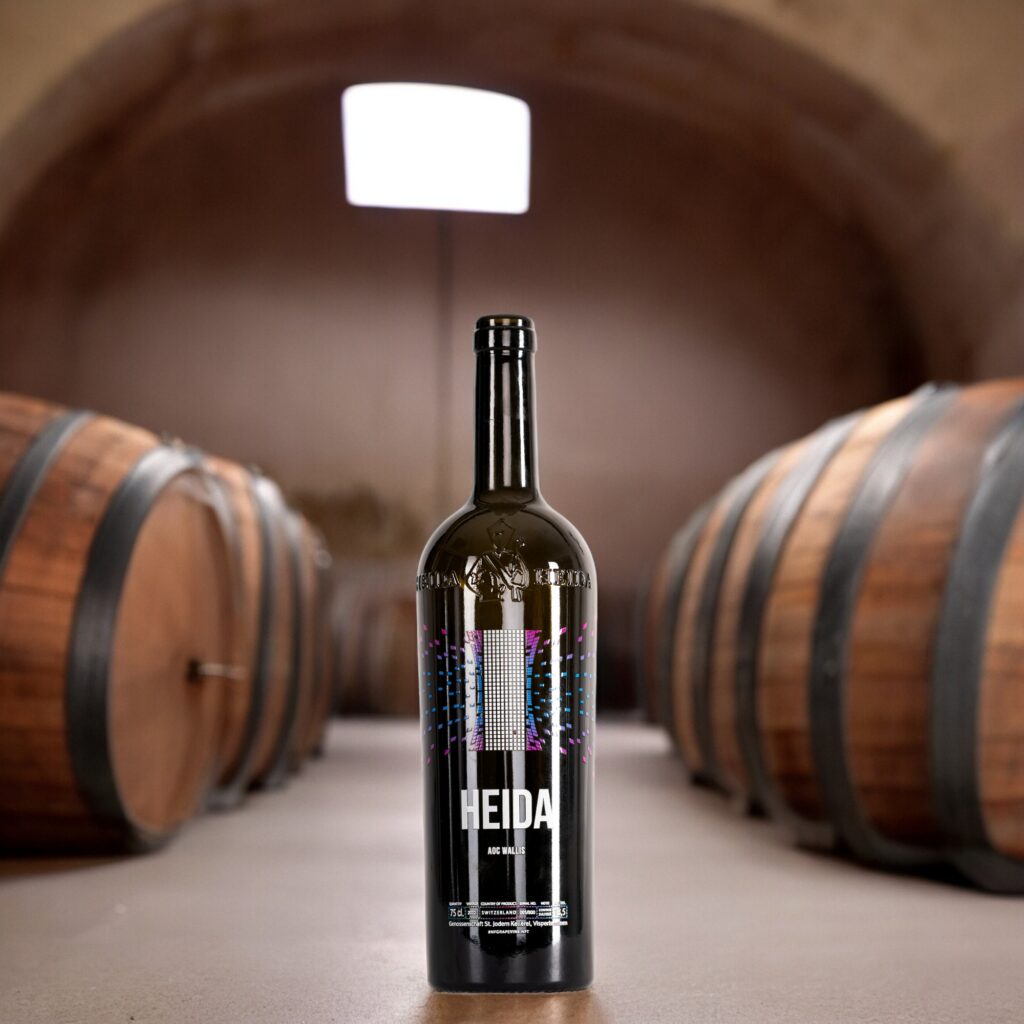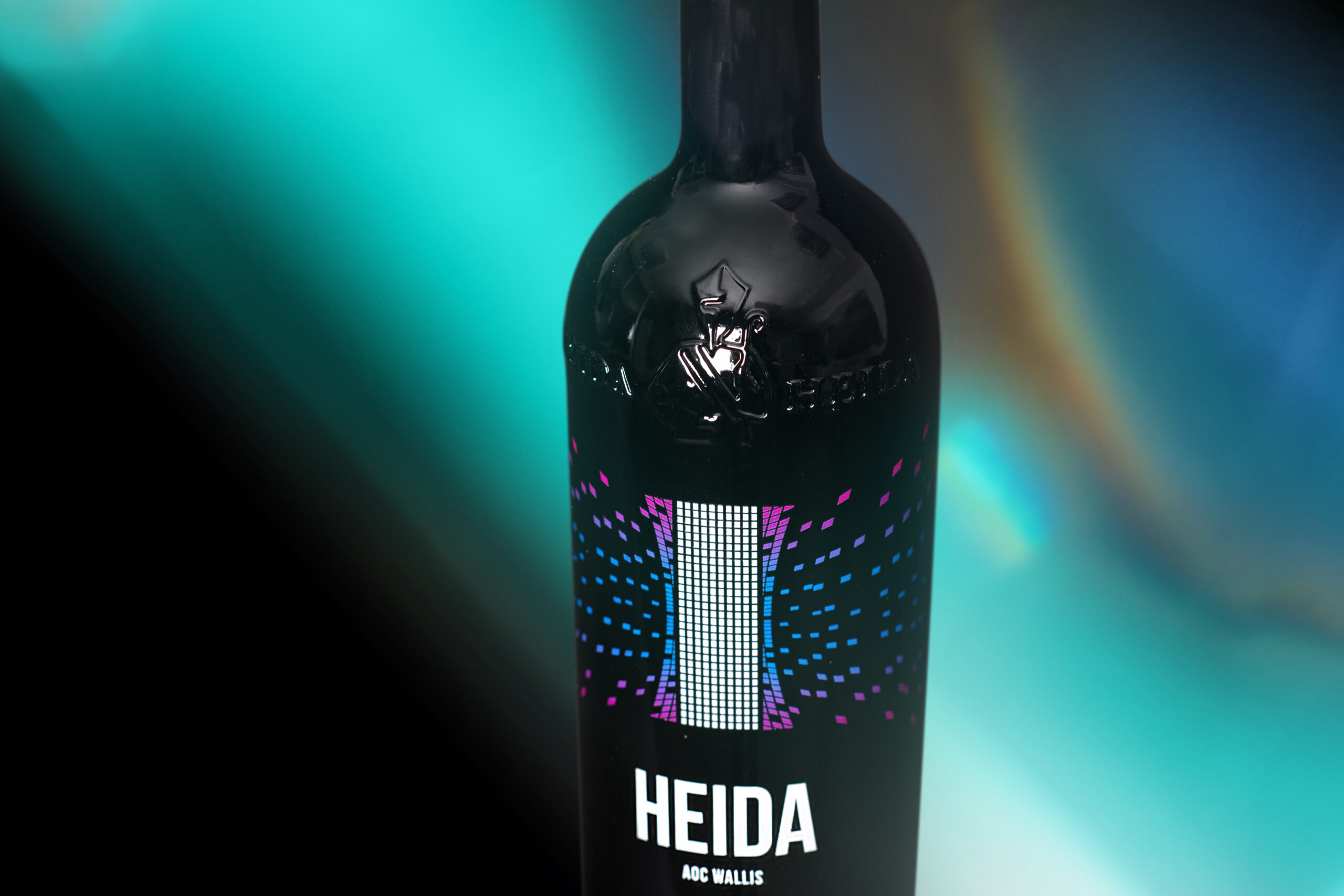Project NFT Wine
The wine industry moves into Web3 – an innovative NFT project
The internet is accessible to billions of people and it has been used by billions of people daily for years. In the course of digitalisation, the internet also processes various updates. These changes can be divided into 3 phases:
– 1990 – 2004: Web 1.0
– 2004 until today Web 2.0
– as of today: Web 3.0
What is meant by Web 1.0, Web 2.0 and Web 3.0 ?
Web 1.0 was often referred to as the “static” web because it consisted mainly of simple HTML pages that presented information in a one-page format. Interaction with the web was limited and users could only interact with the content in a limited way. Most websites were also static and rarely updated.
Web 2.0 has been described as the “dynamic” web and brought a new level of interactivity and collaboration. The introduction of social media platforms, blogs and forums allowed users to create, share and comment on content. Websites also became more interactive and responsive to user actions, improving the user experience.
Web 3.0 is often referred to as the “smart” web and is focused on integrating artificial intelligence and machine learning into web development. Web 3.0 is expected to extend the functionality and capabilities of Web 2.0 by enabling seamless integration of data and applications. Web 3.0 is also expected to build on blockchain technology, enabling decentralised and secure applications.
One advantage of Web 3.0 is that it offers the possibility to exchange data and information between various applications and platforms without friction. It should also enable the creation of secure and decentralized applications based on blockchain technology. Web 3.0 could also further enhance interaction with the web and improve the user experience through personalised content and recommendations.
Web3, Phygital and NFC Tag – What are the advantages for the wine industry?
What is Phygital?
Phygital is a concept that refers to the fusion of physical and digital experiences. It is about combining the benefits of the online world with the benefits of the offline world to create a flawless and immersive experience. This can be achieved by integrating technology into physical environments or products, or vice versa, by creating digital experiences that are aligned with the physical world.

What is NFC?
Near Field Communication (NFC) technology allows devices to communicate with each other when they are in close proximity. In the wine industry, NFC technology could be used in combination with Phygital to create interactive and personalised experiences for consumers.
The benefits of Phygital and NFC for the wine industry:
1. Tasting apps
One way to implement Phygital in the wine industry is to develop tasting apps that allow consumers to have an interactive tasting experience. These apps could be connected to NFC tags on wine bottles or in the wine cellar to offer a tasting of different wines while providing information about their origin, taste and recommendations.
2. Virtual wine tastings events
Another way to implement Phygital in the wine industry is to host virtual wine tastings. Here, consumers could use video conferencing tools to have a wine tasting with a sommelier or winemaker to learn more about the wines and their origins.
3. Digital labels
NFC labels: Wine producers could put NFC labels on their wine bottles that allow consumers to access their smartphone or tablet by scanning the label. This could display information about the wine, the winery and the history of the wine. Consumers could also rate the wine or save their own wine notes on the label.
4. Online wine clubs
Online wine clubs: Online wine clubs could also be a way to implement Phygital in the wine industry. Here, consumers could receive regular wines tailored to their taste preferences, while gaining access to online wine tastings and exclusive digital content.
5. NFC-enabled wine menus
Wine producers could develop NFC-enabled wine cards that allow consumers to get detailed information about different wines as they walk around the winery or vineyard. Consumers could scan the card and get information about the grape variety, winemaking and taste.
6. NFC-enabled wine racks
Wine producers could also develop NFC-enabled wine racks that allow consumers to access information about different wines by scanning the tray. Here, consumers could get details about the taste, origin and recommendations for wine and food pairings.
Overall, Phygital offers the wine industry the opportunity to create a seamless and immersive experience for consumers while enhancing the interaction between consumers and wine producers.
The advantages of NFC technology
The use of NFC technology in combination with Phygital has many advantages for the wine producer. Here are some of them:
1. Increased customer loyalty
By providing personalised information about the wines, consumers can build a deeper bond with the wine producer and increase brand awareness and loyalty.
2. Improved sales
By providing detailed information about the wine and its provenance, consumers can make more informed purchasing decisions and thus be more willing to spend more money on a high-quality wine.
3. Improved data collection
By collecting ratings and wine notes from consumers, wine producers can gain valuable insights into their customers’ preferences to better tailor future products to their needs.
Overall, the use of NFC technology in combination with Phygital provides an opportunity to create interactive and personalised experiences for consumers that can simultaneously help increase sales and customer loyalty.
The example #NFGrapevine NFT- the first Web3 wine brand
To understand the project, it is first necessary to explain what NFT is and what benefits NFT brings to the wine industry.
What is NFT and what advantages does it offer?
NFT stands for “Non-Fungible Token” and refers to a digital asset that is created and made public on a blockchain. Unlike fungible tokens such as cryptocurrencies, which are exchangeable and have the same value, NFTs are unique digital assets that represent a specific value. This could be, for example, a piece of digital art, a music file or even a wine label.
In the wine industry, the use of NFTs could help increase the value of wine as a collectible. Here are some advantages:
1. Authenticity
The use of NFTs can ensure the authenticity of wine bottles and labels. Consumers can verify the authenticity of the wine by scanning the NFT on the label or on a digital platform, thereby safeguarding them from forgery.
2. Collector value
NFTs can create additional collector value for wine labels. As each NFT is unique, wine lovers can add to their collections by acquiring unique digital assets that represent high value.
3. Sales promotion
The use of NFTs can promote the sales of wines through auction or raffles. Wine producers could create NFTs for limited edition wines and sell them for a higher price or give them away as prizes for competitions.
4. Increased transparency
By using NFTs, wine producers can make information about the wine, its origin and history more transparent to consumers. Consumers can access this information by scanning the NFT on the label or on a digital platform.
Overall, the use of NFTs in the wine industry can help increase the collector value of wine labels and improve the transparency and authenticity of wine bottles and labels. It can also provide wine producers with a way to market their products and increase sales.
What is the story of #NFGrapevine NFT ?

The #NFGrapevine project enables a traceable and transparent ecosystem that adds value to winemakers and consumers alike by enabling ownership of NFTs secured by physical vines from the highest vineyard in Europe. #NFGrapevine is for anyone who wants to advance their Web3 learning in real life and join a network of like-minded individuals and organisations who value art, wine, entrepreneurship and innovation. Each #NFGrapevine and bottle of NFT are handcrafted through a thorough generative process to create unique characters for all.
The #NFGrapevine personalised bottle.
For this project, the St.Jodern Winery’s own bottle mold in Visperterminen was used. This was printed using the digital printing process. The digital printing process is ideal because the parcels are shown with all the vines that have been digitised.
The aim of this project is to help individuals understand how important these disruptive technologies will be in influencing the businesses of the future. As a #NFGrapevine token holders will receive wine from the vineyards each year and be invited to exclusive events. An excellent project to strengthen and promote customer loyalty, but also the emotion of the end consumer.